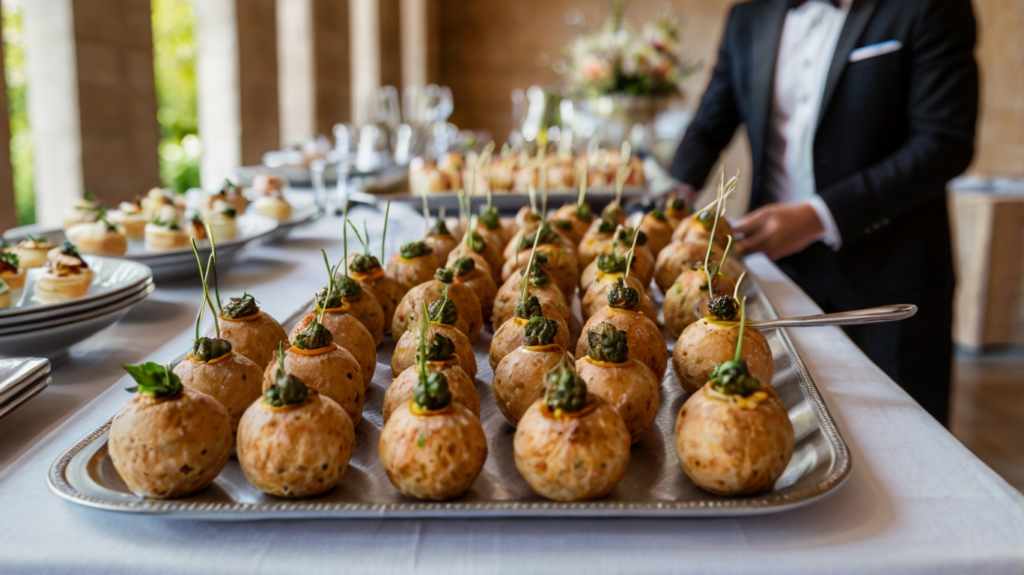Coffee tables can make or break a room. The right one can make a stylish statement bringing all of your furniture together into a unified whole. However, one element that many people fail to consider is whether their coffee table is actually safe.
Most people when buying a coffee table, even a glass one, automatically assume that safety comes as standard. However this is not always the case.
Glass Coffee Tables
Glass coffee tables look elegant and modern and can make a room look lighter and more airy. However, they can also represent a hazard to small children and adults alike. This is because in the US there is no requirement for glass tables to be made from tempered glass.
Tempered glass is a glass that has been treated so that if shattered it splits into small, regular shaped cubes that are unlikely to cause injury. However, many tables are not made from this kind of glass. Many coffee tables are in fact made from a thicker sheet of ordinary cheaper glass. If this glass shatters it can splinter into long spikes that can easily pierce the body.
For this reason it is vitally important to check when purchasing a glass coffee table whether it has been made with tempered glass. Not only should you ask the sales assistant but you should seek confirmation that their response is truthful as it can be very hard to tell what type of glass a table is made from just by looking. You might consider it unlikely that it will shatter, but people do fall, particularly children. Even sitting on a table when distracted could cause it to shatter and inflict life shattering injuries.
Many people suggest that in households with small children even a tempered glass coffee table is unsuitable as the possibility of it shattering is just too great. Of course, it is up to individual parents to make their own choices in this matter, but it is always best to err on the side of caution where safety is at stake. For parents who consider a glass coffee table an absolute necessity the option of safety films should also be looked into.
Wooden Coffee Tables
Wooden coffee tables have less safety problems as a rule than glass ones; however there are still hazards that can exist. One of the particular dangers commonly encountered is the problem of small children learning to walk who injure themselves on sharp corners. Many baby and parenting shops and even IKEA now sell corner bumpers; small rounded foam or plastic caps that help to prevent injury. Whilst these are not too attractive to look at they are a great way to prevent accidents and only need to be used for a relatively small time whilst your child is in their toddler phase. Similarly there are now “bumpers” available that can be run along the edges of any wooden coffee table. These are heavily padded lengths of material that fix to the surface to prevent injury. They can later be removed when no longer needed.
Drawers And Lift Top Lids
Lift Top Lids can also present a hazard for small children. Very often, particularly in the case of wooden coffee tables the lid can be very heavy. Because of this there is always the possibility of small children trapping their fingers. If you select a table of this kind it may be necessary to secure the top until your children are older to prevent injury.
Drawers are another hazard for small children. Fingers are easily pinched and trapped. As with so many other areas of the home safety features may need to be incorporated, such as drawer locks, in order to keep your child safe.
As well as the safety features of coffee tables themselves there is also the important consideration of what is placed on the coffee table. Whilst a dining table might be out of reach for small children a coffee table is the perfect height for tiny fingers to investigate. Many small children have a particular fascination for coffee tables, spending hours investigating the treasures that they can hold. It is therefore important to think before placing hot drinks, glassware, china ornaments, nuts or anything else that could be a hazard on the surface.
Although all of these factors do require some time and consideration, the benefits of keeping your child safe far outweigh any time or financial costs involved. Remember: where children are concerned safety is always the number one priority.







